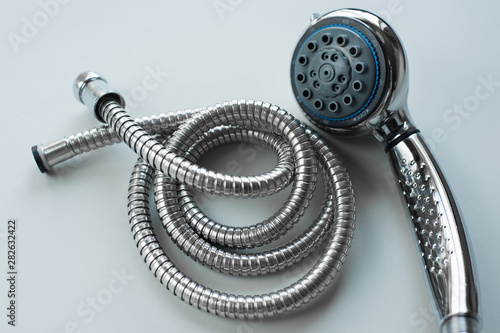Retrofitting for water efficiency: hotel case study

The hospitality sector is traditionally known as a big water consumer. Efforts to optimise water use during a retrofit are rewarded in terms of sustainability but also financial benefits. However, retrofitting water systems in existing buildings can be expensive so a cost-benefit analysis of what can be achieved with existing building systems and products and new technology is important, and must be weighed against existing and anticipated use.
After a detailed evaluation of water use and costs, a medium-sized hotel in Sussex, UK decided to invest in a new water management system involving building services design, water-efficient plumbing fixtures and fittings, as well as promoting water saving by users. The hotel has 28 guest rooms, a reception, bar and restaurant area, kitchen, guest and staff toilet facilities, laundry facilities, and staff accommodation. The audit revealed that guest rooms, including housekeeping, accounted for over 80 % of total water consumption, and cost analysis showed potential savings of 24 %, with a further 10-15 % savings if WC cisterns and hot/cold basin taps were replaced. The billing analysis also showed € 2 500 savings compared with the previous year; achieving the forecast minimum of 20 % savings.
Specific changes included replacing showerheads and regulators, retrofitting dual-flush toilet cisterns, mixer regulators, water butts and hose triggers, as well as accompanying housekeeping measures to conserve water.
